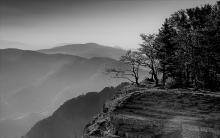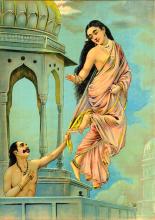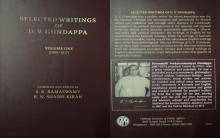ರಸಾನುಭವದ ಅಲೌಕಿಕತೆ ಮತ್ತು ಅಧ್ಯಾತ್ಮನಿಷ್ಠೆಗಳನ್ನು ಎತ್ತಿಹಿಡಿದ ಆಲಂಕಾರಿಕರಲ್ಲಿ ಭಟ್ಟತೌತನು ಅಗ್ರಗಣ್ಯ. ಅವನದೆಂದು ಭಾವಿಸಲಾದ ಎರಡು ಶ್ಲೋಕಗಳಲ್ಲಿ ಈ ಭಾವ ಸೊಗಸಾಗಿ ಹರಳುಗಟ್ಟಿದೆ:
ಪಾಠ್ಯಾದಥ ಧ್ರುವಾಗಾನಾತ್ತತಃ ಸಂಪೂರಿತೇ ರಸೇ |
ತದಾಸ್ವಾದಭರೈಕಾಗ್ರೋ ಹೃಷ್ಯತ್ಯಂತರ್ಮುಖಃ ಕ್ಷಣಮ್ ||
ತತೋ ನಿರ್ವಿಷಯಸ್ಯಾಸ್ಯ ಸ್ವರೂಪಾವಸ್ಥಿತೌ ನಿಜಃ |
ವ್ಯಜ್ಯತೇ ಹ್ಲಾದನಿಷ್ಯಂದೋ ಯೇನ ತೃಪ್ಯಂತಿ ಯೋಗಿನಃ ||[1] (ವ್ಯಕ್ತಿವಿವೇಕ, ಪು. ೯೪)








